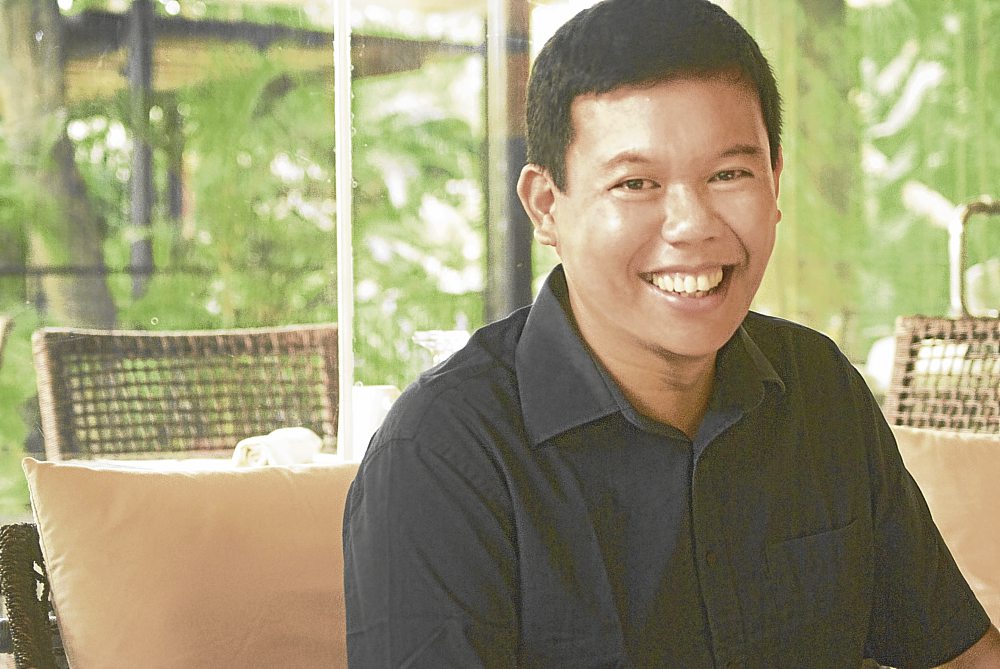By Walter Ang
Nov. 30, 2011
Philippine Daily Inquirer
| Rico Gonzales, Philips Electronics and Lighting country manager |
Philips has partnered with Ayala Museum by providing subsidized lighting using LED (light-emitting diode) units.
At the signing of a memorandum of agreement between both parties, Gonzales noted that LED is fast becoming the standard of lighting for commercial and residential use due to its longevity and low-energy consumption.
LEDs emit less heat than conventional lighting units and do not generate UV (ultraviolet) light?two elements that degrade artworks.
Philips' 35-watt Luxspace LED units have replaced 120-watt incandescent lamps, which results in energy savings of up to 70 percent.
The LED's life span of 50,000 hours (compared to incandescent bulbs' 1,200 hours and compact fluorescent bulbs' 8,000 hours) will result in lower replacement and maintenance costs.
Philips also installed its Dynalite lighting controls to allow the museum to adjust lighting levels according to the needs of different exhibits.
"These solutions address the needs for less energy consumption, higher operational savings and better lighting performance," said Gonzales. "Users of Philips LED lighting solutions can achieve a return on investment in as early as six months.
"But it's not just savings from the lighting units per se. Because there is less heat and energy consumption, it results in savings on air conditioning, as well." Humidity and temperature are also components in conserving artworks, which is why climate-control systems play a crucial role in museums.
"Ayala Museum is delighted to partner with Philips," said Vicky Garchitorena, president of Ayala Foundation. "This highlights the need to embed the principles of sustainable development in all our activities, including our initiatives in art and culture."
For future generations
"It also showcases how technology can be used to conserve our resources so that future generations can continue to enjoy their benefits."
The partnership with Ayala Museum is part of Philips' goal to "showcase Filipino monuments." It has already helped light up the People Power monument in Manila and the Capitol in Cebu.
Philips has a global campaign to highlight "the icons of the world" to expose more people to architectural and cultural structures. "Lighting can help provide a sense of history, a sense of space, a sense of purpose," said Gonzales.
The campaign is also meant to exhibit how lighting can be used to showcase a structure's shape, materials and colors by providing focus, contrast and rhythm. It has lit the Chelsea Bridge in England, the Suzhou Science and Art Center in China, and Enoshima Panorama Lighthouse in Japan, among others.
Established in 1967 by the late artist Fernando Zobel de Ayala, the Ayala Museum has historical collections, 60 handcrafted dioramas, and a one-of-a-kind boat gallery that illustrates the development of Philippine maritime trade and colonial economy. The museum also features paintings by Juan Luna, Fernando Amorsolo and Fernando Zobel.
"Philips and Ayala Museum both push for our green advocacy to achieve environmental efficiency and sustainability, and, ultimately, a sustainable and progressive country," Gonzales said.
Also published online:
http://lifestyle.inquirer.net/24885/eco-lights-now-shine-on-works-of-art

